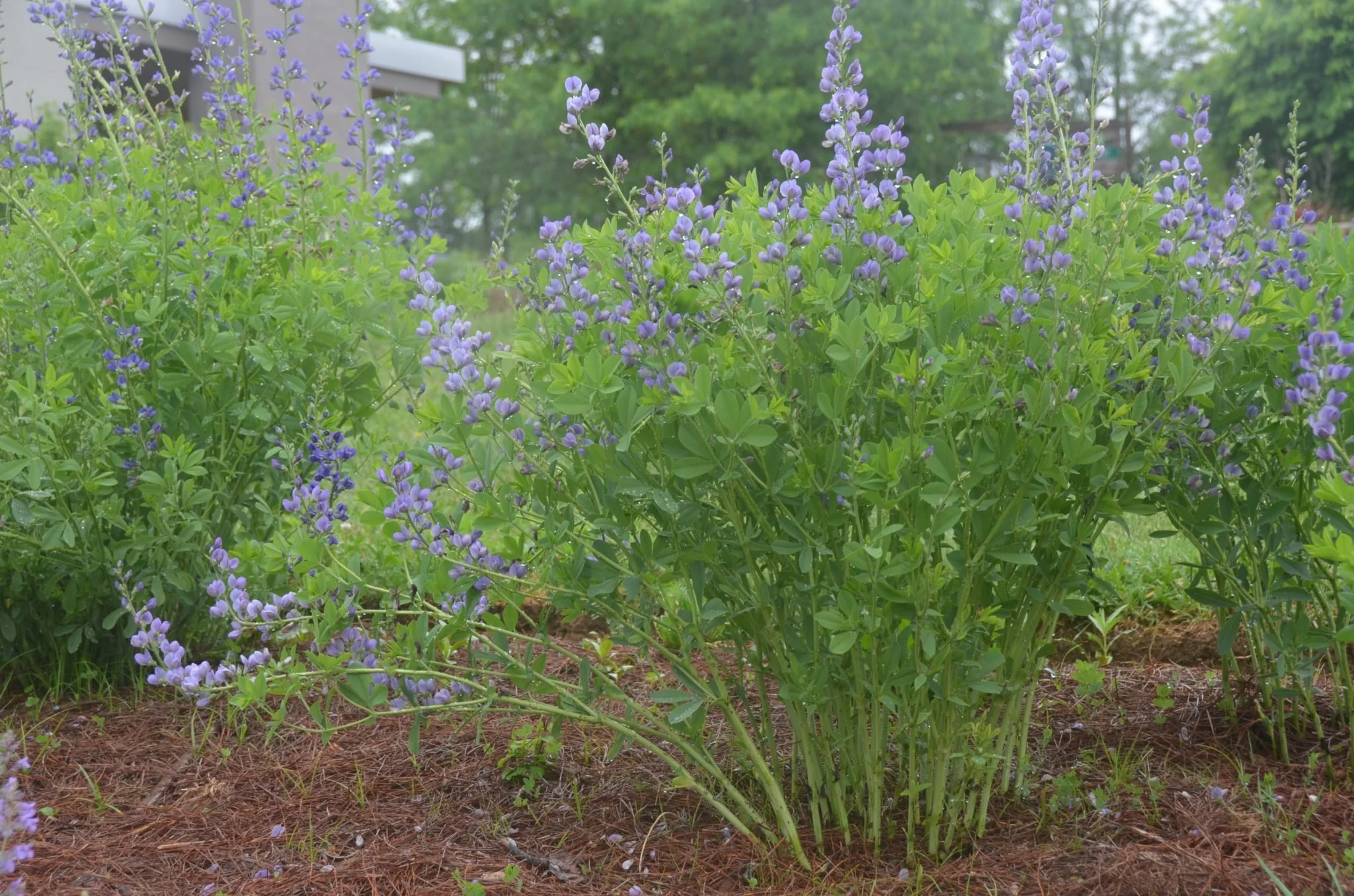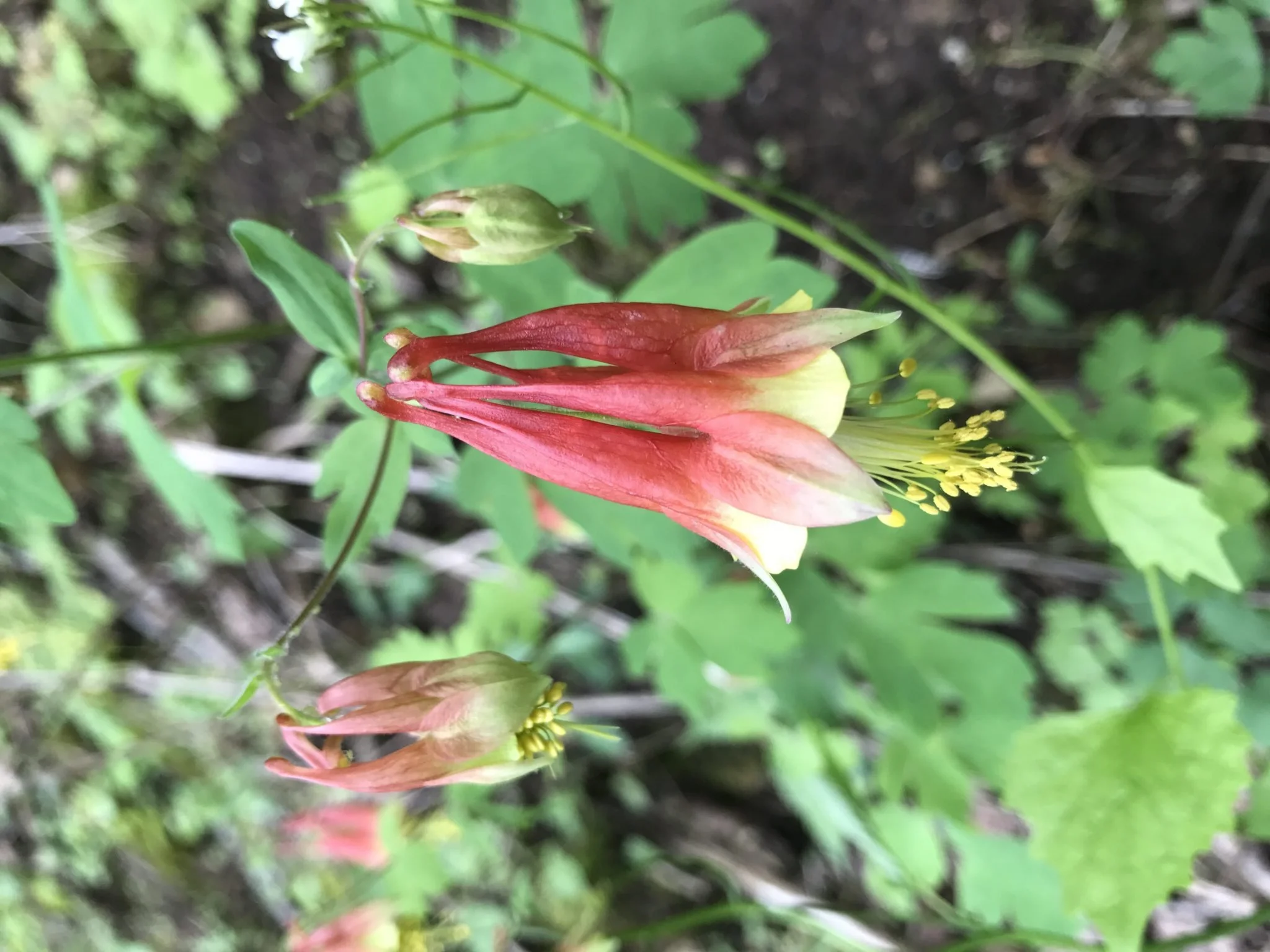Native Plants That Won’t Make You Sneeze
False Blue Indigo
Allergy free gardening? Is there such as thing? While you can’t eliminate allergens and pollutants in the air and carried by the wind, you can certainly choose plants based on an allergen scale to help. This would work best in urban areas without the abundance of ragweed in nearby fields. In Thomas Leo Ogren’s book, “Allergy-Free Gardening,” he gives an A to Z listing and rates plant’s allergy potential. The ratings start at 1 for the lowest allergen scale and go up to 10 for high allergy plants.
With over 14 million Americans with asthma, 35 million with chronic sinus problems, and about 50 million affected by hay fever, it’s no question that many people suffer from allergies. We can’t talk about allergies without talking about sex – plant sex. Yep, just like you and me, some plants are also reproduced by male and female plants. To determine the allergy potential for each plant several things are considered, such as fragrance, relatives of plants, specific gravity of the plant’s pollen, dryness or stickiness of plant pollen, the length of time in which the pollen is released, male parts, and time of bloom. The lowest allergy plants are the plants that produce large, very showy flowers with minimal fragrance and are low or no pollen producers.
There are many native and non-native species, and we will focus on the indexed natives.
The lowest scale, at 1, includes the following plants:
Columbine, perennial
Wild Ginger, perennial
Coral Bells, perennial
Lobelia, perennial
Female Winterberry holly, shrub (but for the beautiful berries, you do need 1 male plant)
Red Sunset and October Glory Maples, trees
Female Honey Locust, tree
Female Holly, shrubs and trees
Female Black Gum, tree
Hemlock, evergreen tree
Columbine
At the next lowest level, we have plants rated at 2:
Allium, perennial/herb
Baptisia/Wild Indigo, perennial
Penstemon/Beardtongue, perennial
Soloman’s Seal, perennial
Red Chokeberry, shrub
Blueberry, shrub
Female bayberry, shrub
In addition, many of the invasive species are very high on the allergen scale. High allergy producing plants include Russian Olive (9), English Ivy (7), Buckthorn (9), Euonymus (7), Male Privet (10, female is a 1), Johnson Grass (10).


